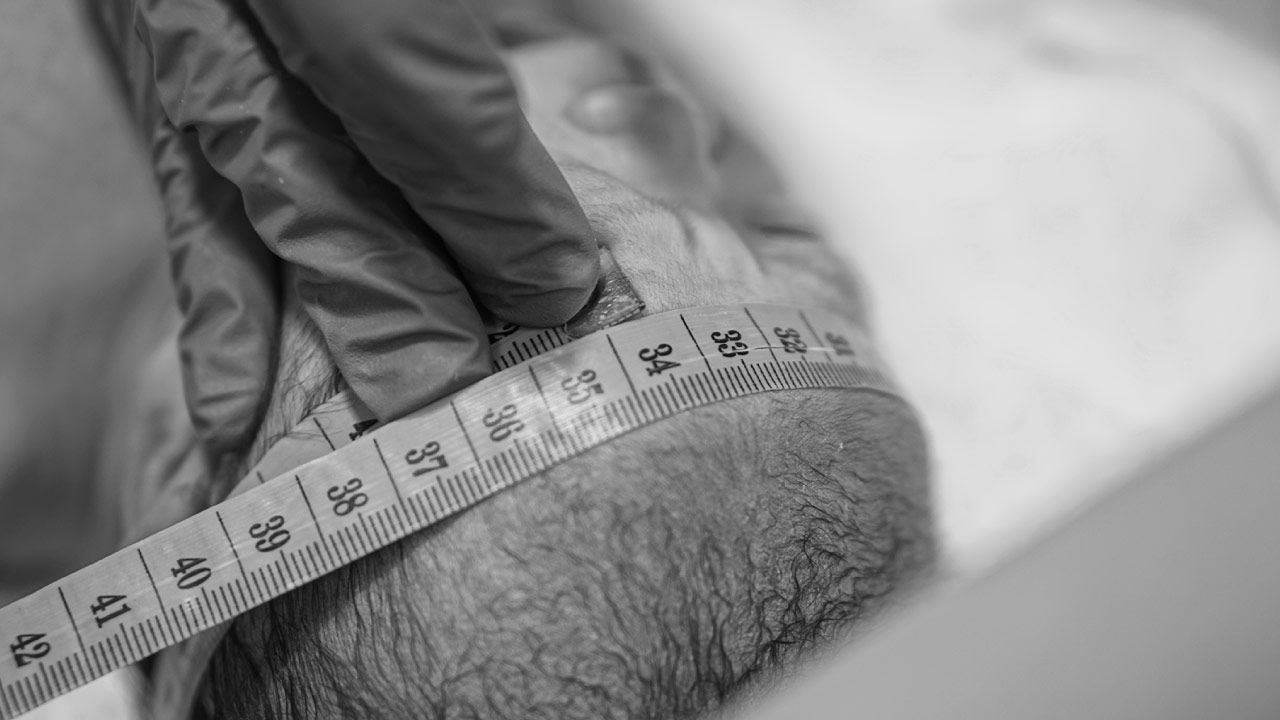

STROKE- CAUSES AND PREVENTION

Stroke is defined as rapidly developing clinical signs of focal or global disturbance of brain with no apparent cause other than of vascular origin.
It is one of the leading cause of disability and mortality worldwide. Annual incidence rate of stroke in India currently is 116-163 per 100,000 population. 30%–50% do not regain functional independence.
Stroke can be Ischemic (85%) or Hemorrhagic (15%). Managing risk factors of stroke can reduce its incidence.
Modifiable Risk factors
Lifestyle– Obesity, Physical inactivity, Heavy or binge drinking, Use of illegal drugs such as cocaine and methamphetamine, Cigarette smoking or second hand smoke exposure, Use of birth control pills or hormone therapies that include estrogen increases risk.
Medical– Hypertension, Dyslipidemia, Diabetes, Obstructive sleep apnea, Cardiovascular disease, including heart failure, heart defects, heart infection or irregular heart rhythm, such as atrial fibrillation, transient ischemic attack, COVID-19 infection
Non Modifiable Risk factors
- Age —People age 55 or older have a higher risk of stroke than do younger people.
- Race or ethnicity —African Americans and Hispanics have a higher risk of stroke than do people of other races or ethnicities.
- Sex —Men have a higher risk of stroke than do women. Women are usually older when they have strokes, and they’re more likely to die of strokes than are men.
Prevention
Primary Preventio
- Controlling high blood pressure (hypertension).
- Lowering the amount of cholesterol and saturated fat in your diet.
- Quitting tobacco use.
- Managing diabetes.
- Maintaining a healthy weight.
- Eating a diet rich in fruits and vegetables.A diet containing five or more daily servings of fruits or vegetables may reduce the risk of stroke.
- Exercising regularly. Gradually work up to at least 30 minutes of moderate physical activity — such as walking, jogging, swimming or bicycling — on most, if not all, at least 5 days of the week.
- Treating obstructive sleep apnea (OSA).
- Avoiding illegal drugs. Certain street drugs, such as cocaine and methamphetamine, are established risk factors for a TIA or a stroke.
Secondary Prevention
Anti-platelet drugs
After a TIA or stroke, aspirin and an anti-platelet drug such as clopidogrel may reduce the risk of another stroke.
Anticoagulants
These are usually used when the etiology of stroke is considered to be Cardioembolic as in atrial fibrillation. These medications include warfarin and novel anticoagulants like dabigatran , rivaroxaban , apixaban and edoxaban .
